什么是连续的碳化炉 ?
连续碳化炉是一种新型的环保碳化设备. 通过碳化炉后,生物质材料转换为木炭,可以进一步处理. 与其他碳化设备相比, 这种用于煤片的碳化炉可以不断地用于 24 达到高输出的小时, 因此称为连续碳化炉. 整个生产过程不会产生有害气体, 不污染环境, 并且在各种碳化炉中非常出色.
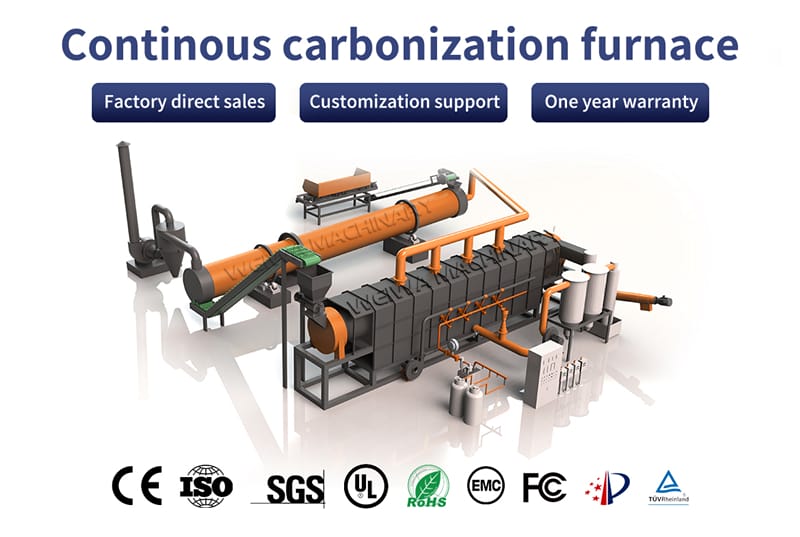
连续碳化炉的可接受生物质
连续碳化炉主要用于各种生物量材料:
水果壳,木材废料,甘蔗甘蔗渣,作物茎,稻壳, 椰子壳, 花生壳,花生壳, 葵花籽果壳,壳, 棕榈内核壳, 核桃壳, 杏仁壳和开心果壳等.

同时, 电子废物, 罐头,废物线, 污泥, 家用垃圾和其他具有生物量特性的材料也可以用作连续碳化炉的原材料
(尺寸小于20mm, 水分小于 15%)
如何使用连续的碳化炉
整个碳化过程主要包括压碎, 烘干, 进食, 碳化, 排放, 可燃气体回收, 废气处理, 和煤球生产.
01 预处理
- 压碎 (选修的): 压碎系统将原材料处理成目标大小 (小于20mm).
- 烘干 (选修的): 干燥系统将原材料处理为少于水分的水分含量 15%.
02 碳化
- 进食: 原始生物质 (木屑,木屑, 压碎的椰子壳等) 通过传送带自动送入炉子, 螺丝喂食器或Z带.
- 碳化: 加热主炉后, 温度逐渐上升. 初始温度有助于干燥原材料中的一些水分. 当温度达到 250 摄氏摄氏度, 脱甲基开始. 可燃气开始产生. 在 280 摄氏摄氏度, 放热反应开始. 碳氢化合物分子分成较小的碳分子和氢. 木炭开始生产. 随着温度的命中 450 摄氏摄氏度, 芳香环化合物开始反应.

3 排放
- 木炭: 通过三个阶段的水冷却排放器, 木炭下面 45 收集摄氏摄氏度.
- 焦油 & 木醋收集 (选修的): 通过冷凝器, 焦油 (生物质油) 和木醋分开并分别收集.
- 木炭煤片制作 (选修的): 被木炭煤石机处理后, 可以将木炭的原始形状变成所需的形状, 例如圆形, 正方形, 戳, ETC.
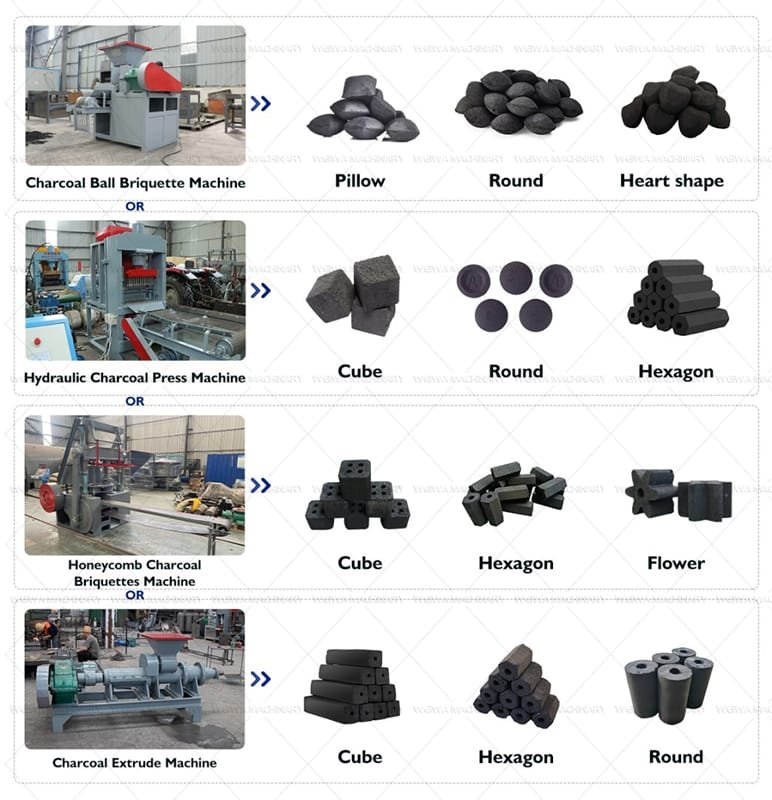
04 可燃气体回收
- 凝结和去除硫处理后, 可燃气可以回收并重复使用.
- 我们还可以将碳化炉的多余热量引入干衣机中以回收可燃气体, 从而为干衣机节省了燃料.
05 废气处理
- 排放气体由喷雾塔处理, 水幕除外塔, 和冷却塔. 处理后的排放气体符合欧盟排放标准.
- WEIWA组提供高标准的定制排气处理系统.
连续碳化炉的特征


配备警报设备
PLC电柜有一个警报设备, 并且将有一个警报显示和一些电气故障的警报.
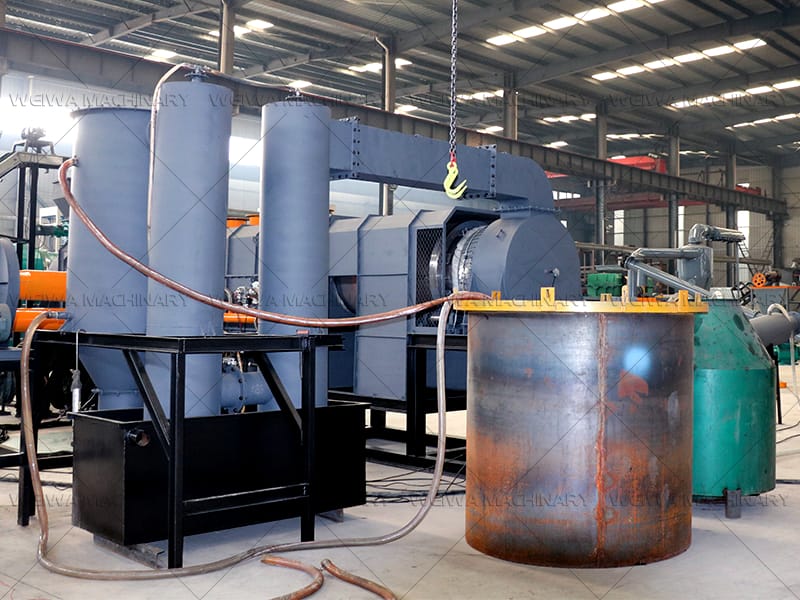
与防爆炸的水密封
可燃管道上有一个防爆炸的水密封 (为了防止设备中可燃气体的异常压力).
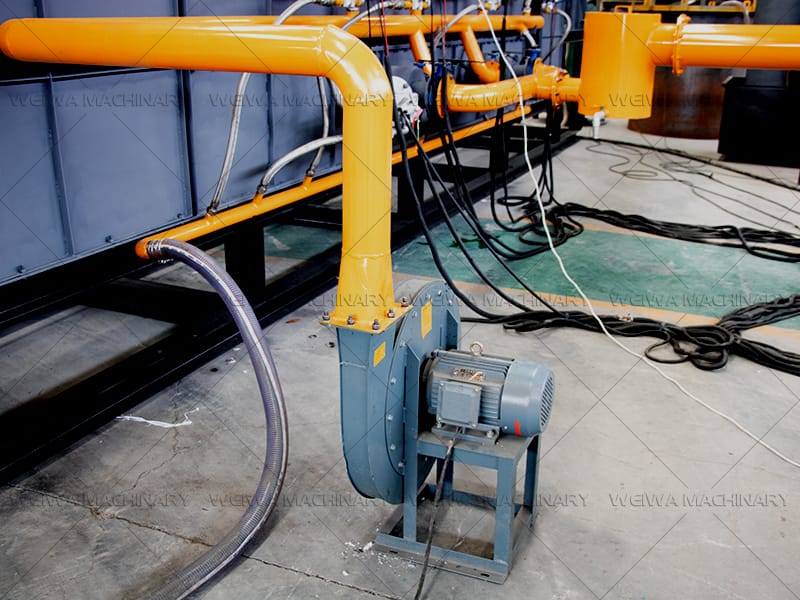
频率粉丝指南
所有管道中气体的方向由风扇领导 (风扇是可变频率), 当管道被阻止时,它将显示在PLC上.
高热效率
该材料没有与烟道气体接触,也不会被热空气污染.
良好的节能效果
该设备的热利用率较高, 使用前变换器的空气使用可以有效地提高热效率 5-10%, 节能效果很好.
了解有关生物炭特性的更多信息
生物炭是一种由生物质碳化形成的含碳物质 (例如木头, 农业废物和其他植物残留物). 生物炭生产设备确保在高温和无氧条件下进行热解反应. 这种生产方法赋予生物炭以下特征:
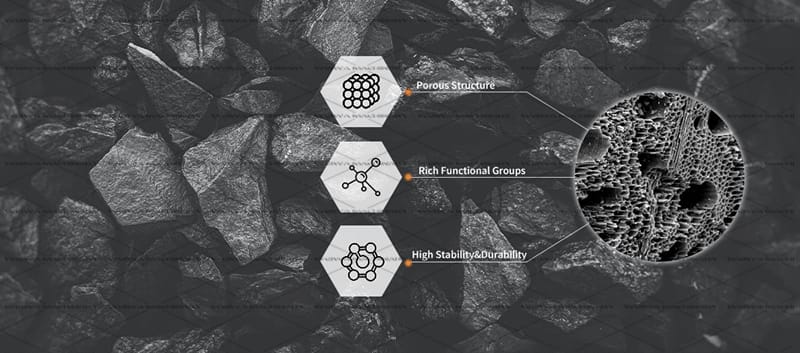
多孔结构:
生物炭在其表面和内部具有丰富的微孔. 孔结构使生物炭具有高比表面积, 可以到达 200-500m2/g. 该结构使生物炭具有有效的吸附能力,并有助于存储水和养分.
丰富的功能组:
生物炭的表面通常携带多种官能团 (例如羟基, 羧基, ETC。). 这些组提供许多活跃的位点,以形成矿物质的化学键, 微生物, 有机物, ETC。, 从而提高其吸附能力.
高稳定性 & 耐用性:
生物炭中的碳主要以芳香和结构化形式存在. 所以, 它具有强大的化学和热稳定性,在土壤或环境中非常缓慢地降解. 一般来说, 生物炭甚至可以在土壤中存在数百年.
从连续碳化炉中可持续应用生物炭
连续碳化炉的木炭生产的独特化学性能带来了广泛的应用和巨大的经济价值. 生物炭木炭被广泛应用于农业, 药物, 平民, 和其他行业.
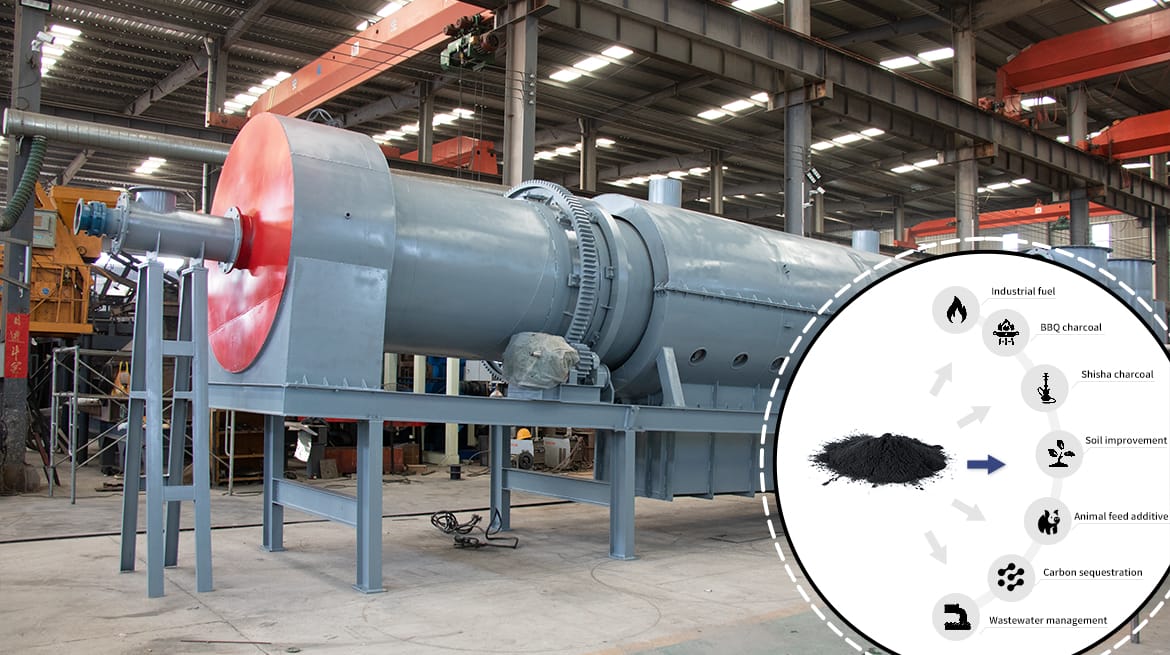

去除碳
碳信用交易: 生物炭制造机的量化碳还原效应产生碳信用. 生物炭生产商可以在碳市场上将其出售给碳排放过多的公司.
碳固存: 生物质的碳含量来自大气中2 被光合作用吸收. 生物炭碳化设备稳定地将此碳存储在生物炭中. 这避免了生物质自然降解的碳排放.

可持续农业
减少农业污染: 肥料和农药的使用造成农业污染. 生物炭作为替代方案可以缓解对它们的依赖. 因此, 这减少了农业活动造成的负面环境影响.
土壤生育能力的修复: 生物炭独特的孔结构可以吸收 营养 从土壤中慢慢释放以减少损失. 此外, 生物炭可以优化 微生物活性 和 ph 在土壤中. 它们都为作物根生长创造了有利的条件.

林业
森林防火: 森林中有大量堆积的木质废物. 它们容易在干旱或高温条件下造成大火. 通过将木质废料转换为生物炭, 生物炭设备从根本上降低了火灾的风险.
森林生态恢复: 在森林修复项目中, 生物炭可以提供稳定的碳源以加速植被生长. 这有助于植物更好地适应恶劣的环境. 这与联合国的SDG15密切相关 (保护 & 恢复陆地生态系统).
连续碳化炉出售的模型和类型
| 模型 | 输入容量 | 电机动力 | 重量 | 尺寸(m) |
| L1 | 800-1200kg/h | 22KW | 8-9t | 12.5*5.5*3 |
| L2 | 1200-2000kg/h | 28KW | 9-10t | 12.5*6.5*4.5 |
| L3 | 2000-3200kg/h | 28KW | 12-14t | 12.5*7.5*5.5 |
| L4 | 3200-4800kg/h | 32KW | 14-16t | 12.5*7.5*5.5 |
包装 & 船运
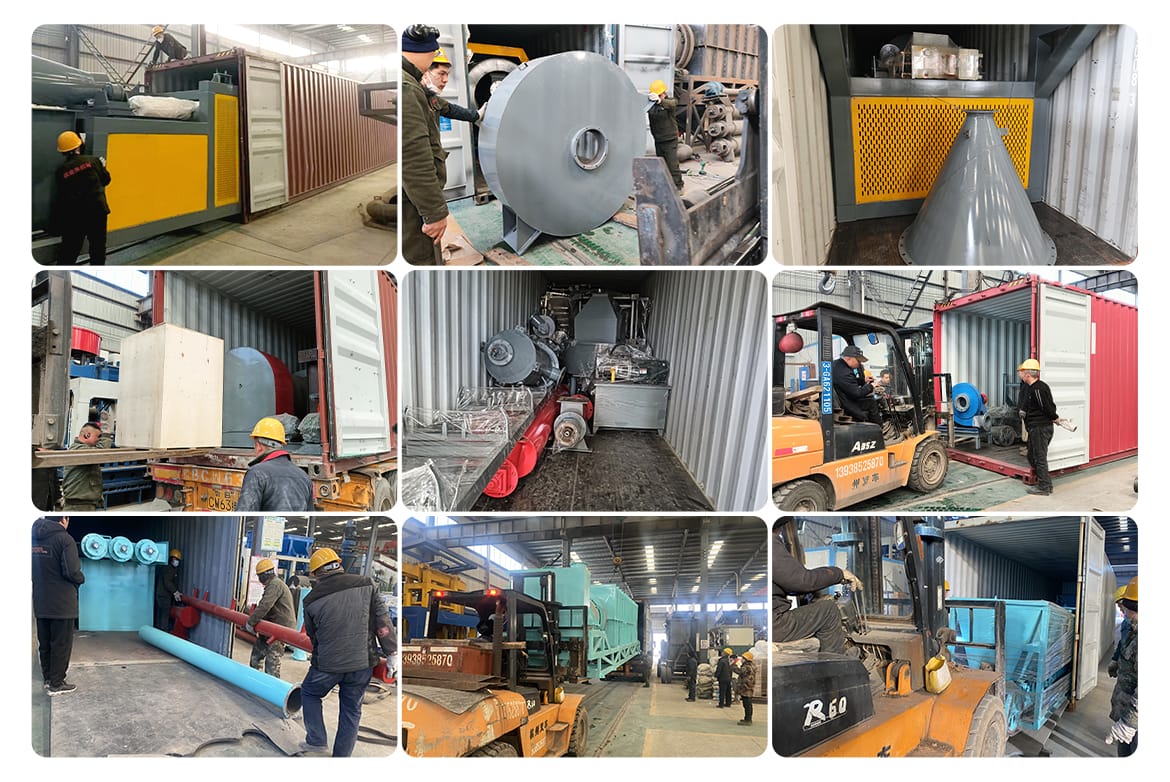
1,这些机器将通过防水FACRIC装载到容器中 .
2, 大尺寸设备是防水装箱,小零件将被包装成木箱.
3, 特殊包装要求作为客户的需求.
在这里开展业务!
到目前为止, 我们的客户比 130 国家, 印度尼西亚, 印度, 马来西亚, 老挝, 缅甸, 泰国,越南,菲律宾,巴基斯坦, 斯里兰卡, 黎巴嫩, 乔治亚州, 火鸡, 波兰, 捷克, 蒙古, 韩国, 罗马尼亚, 埃及, 苏丹,突尼斯,阿尔及利亚, 埃塞俄比亚, 坦桑尼亚赤道几内亚, 赞比亚, 墨西哥, 南非, ETC.
不客气,如果您想参观我们的工厂! 您现在可以联系我们!

相关文章
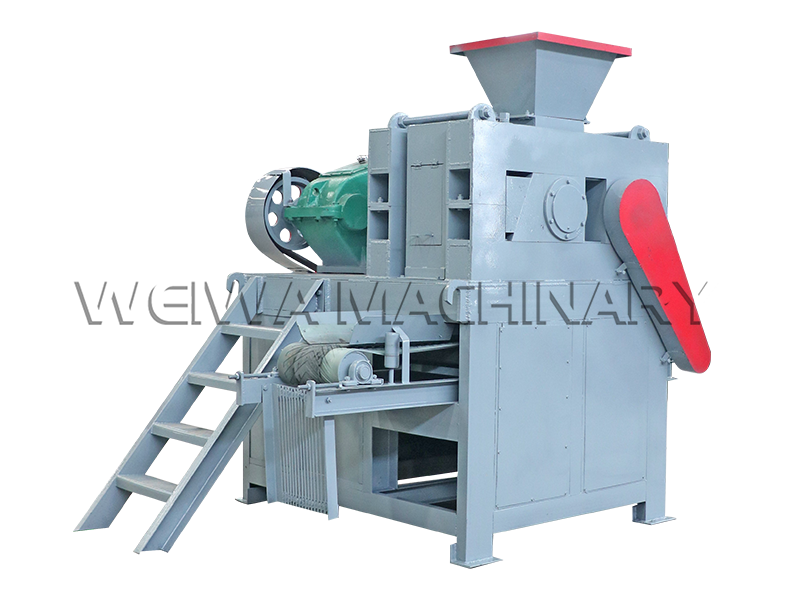
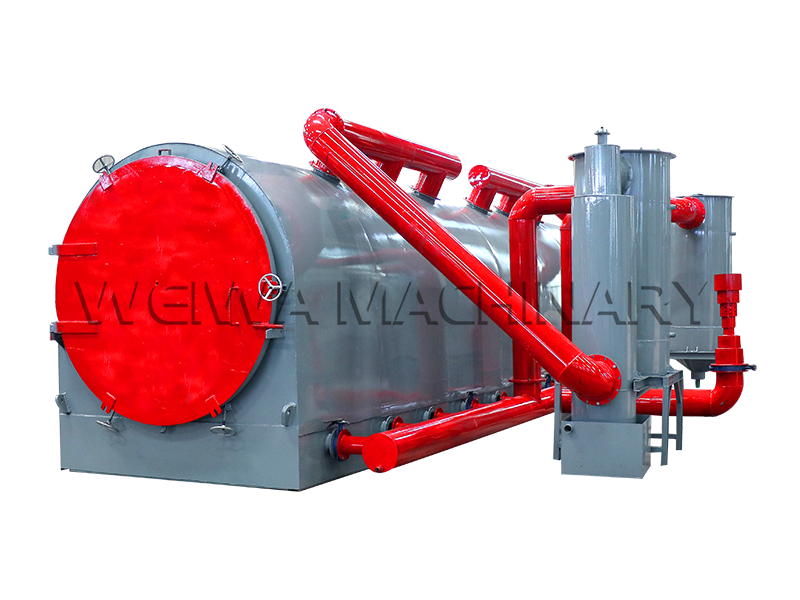
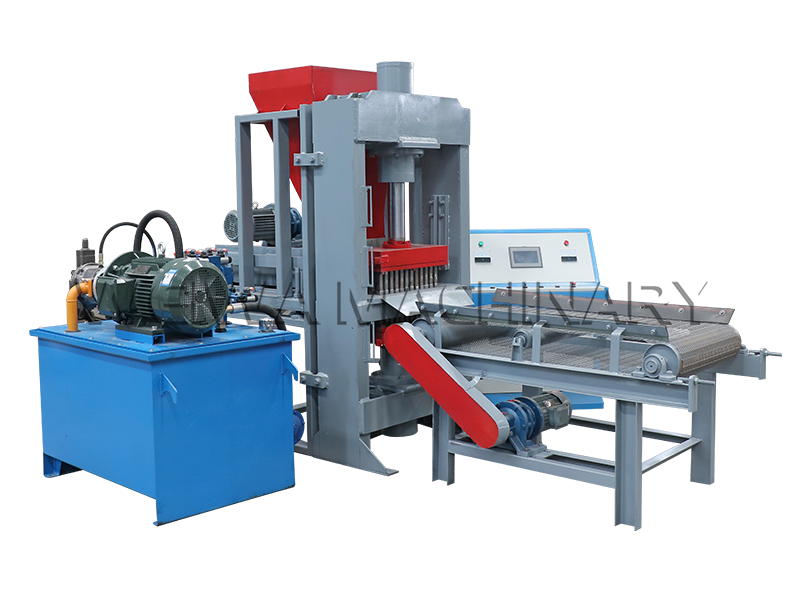
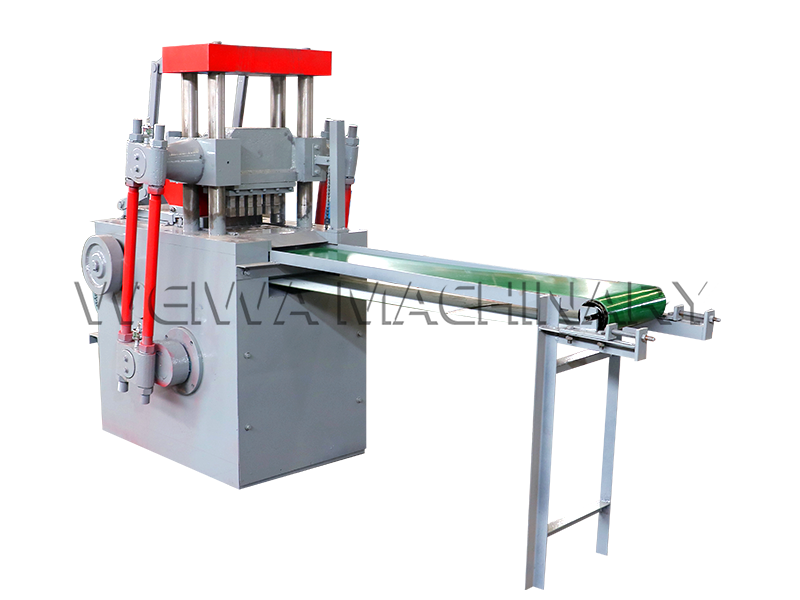
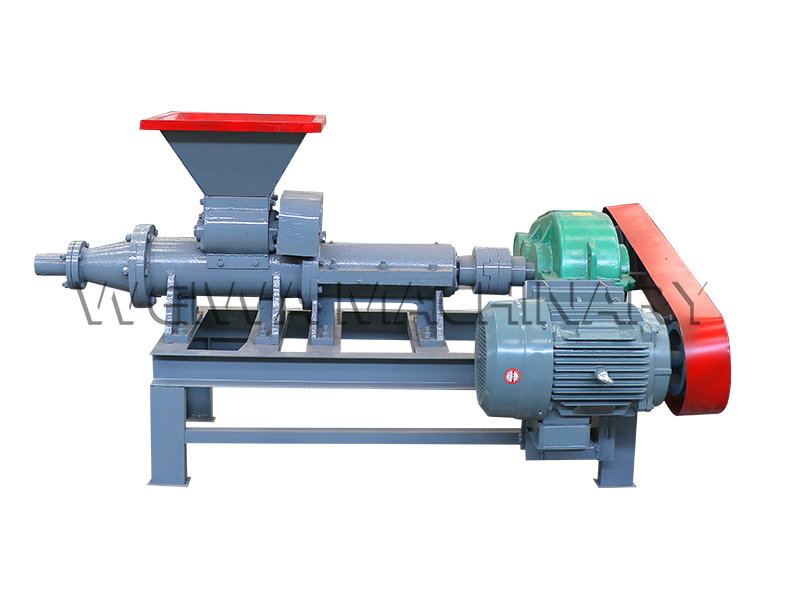
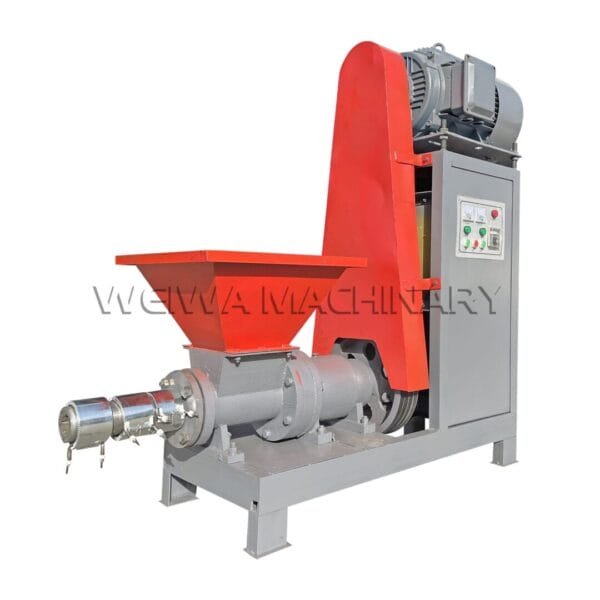


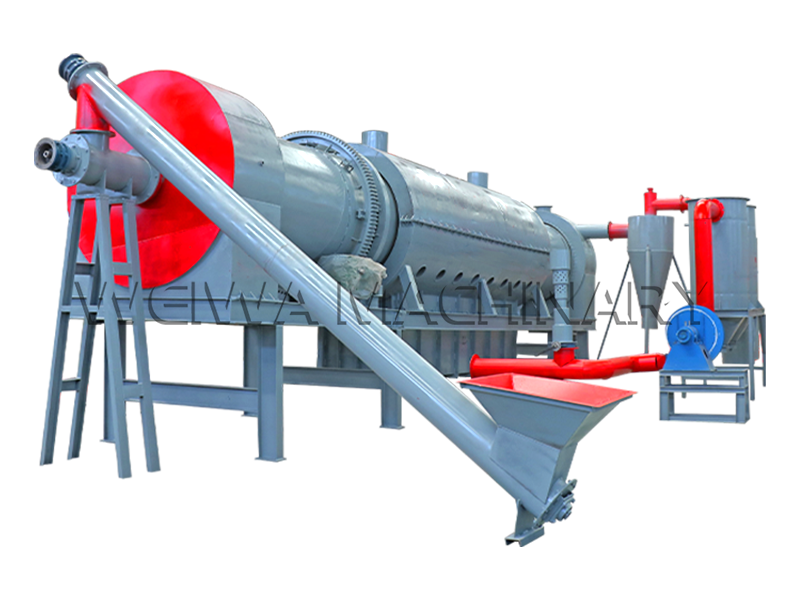



 微信
微信

 +8613838093177
+8613838093177